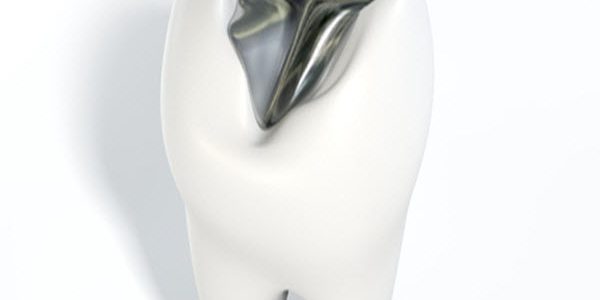Top five reasons why more dentists are steering clear of it.
Despite dental amalgam’s enduring use, it simply falls short both in terms of cost and durability.
While amalgam has been used in dental fillings for the better part of the last century, it has a lot of significant risks that could outweigh its benefits. These cover many areas including preparation and how amalgam-free alternatives provide safer, more beneficial advantages in comparison. The following is a quick list of some problems with amalgam brought to light in recent years.
1. Amalgam lacks durability compared to other materials.
Other materials like gold and ceramics are proven to last a lot longer. They may be expensive, but their durability can make them well worth the cost. In contrast, amalgam can still fracture and the difference between it and higher-priced materials can be very small.
2. Composites have better, more organic benefits.
If you are looking for a low-cost alternative to gold fillings, then know there is one that is completely amalgam-free. Tooth-coloured composites are very affordable, and they are also known for effectively bonding with teeth. This makes them better at repairing damaged structures, whereas amalgam only coats and conceals.
3. Applying dental amalgam can be a damaging process in itself.
Take note, applying amalgam often requires drilling out and chipping away damaged areas. This might compromise any possible efforts to restore a tooth. In fact, less and less of the tooth might remain if the amalgam filling is constantly replaced.
4. The presence of mercury is a risk to some patients.
The presence of mercury in amalgam filling has stirred a good amount of controversy. This can be due to a number of reasons. There are certainly some people who have a mercury allergy and are strongly encouraged to use alternative materials in their fillings. Patients with a history of working in job areas filled with high mercury content (such as factories) are also advised to reduce their risks of poisoning.
5. There is a cost of frequent visits, both to patients and dentists.
Given the fairly high cost of amalgam, it adds additional expense to patients (especially those who have had more than several replacements). Dentists themselves are also at risk. Constant use of amalgam actually leaves them more exposed to mercury as they are to handle the substance for several procedures at a time.
Given the above reasons, we are avoiding dental amalgam in favour of more innovative materials. Likewise, the benefits of materials like composites are drawing more consumer attention. It seems far more beneficial for both patients and practitioners to consider these better alternatives and improve the state of dental care as a whole.







